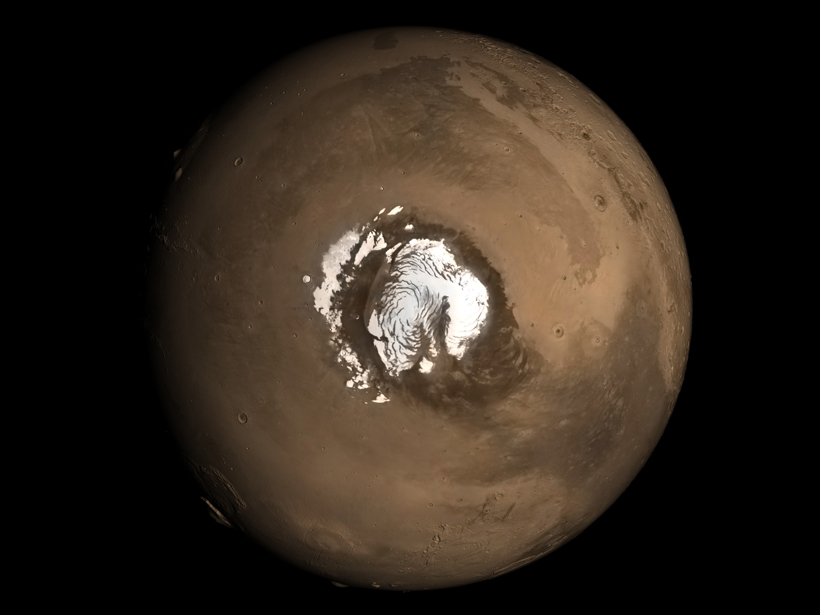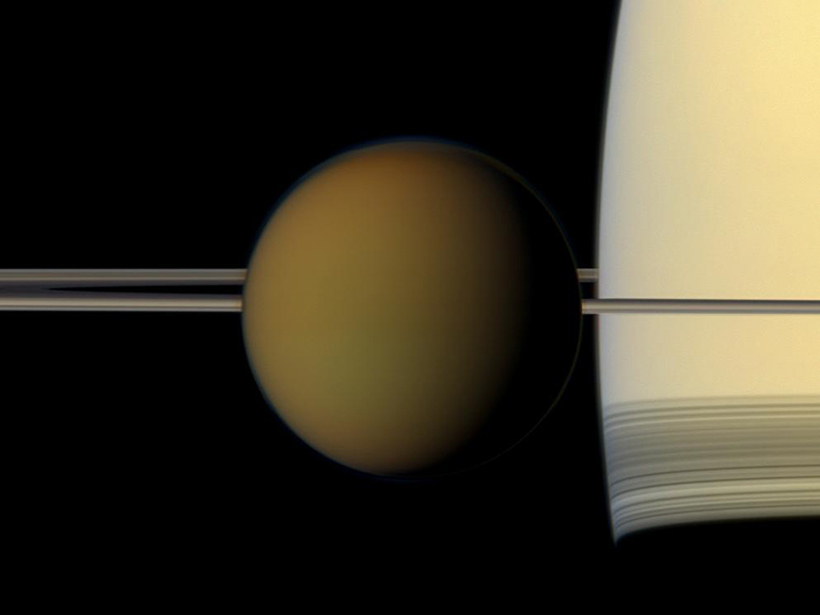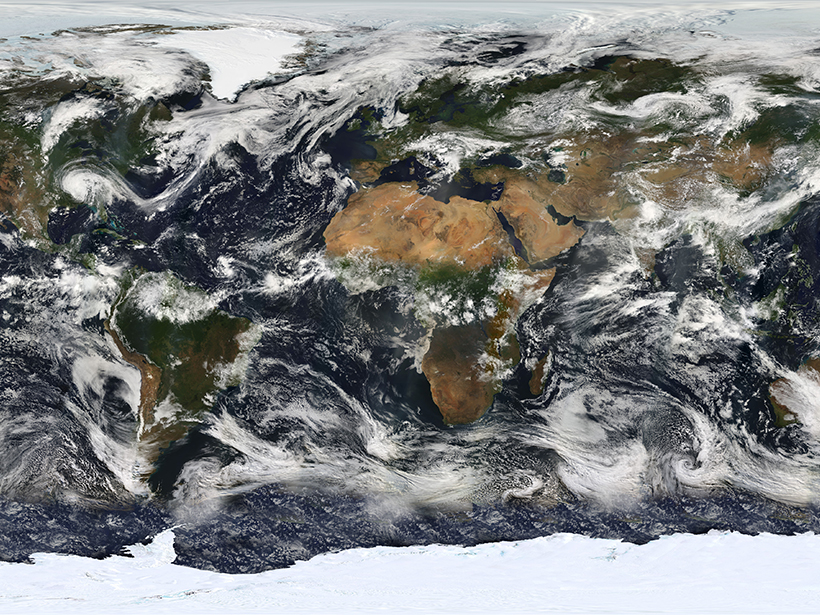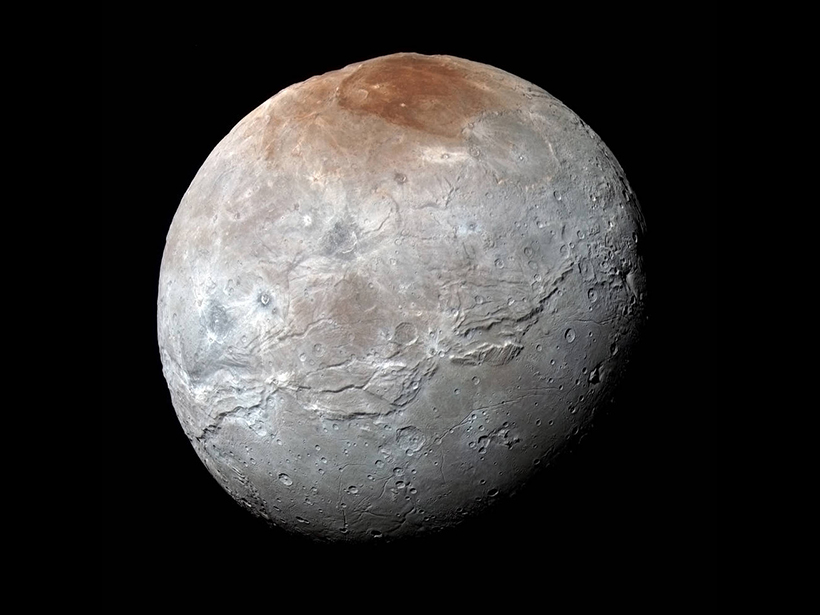Orbital wobbling shaped the dome of ice and dust at the planet's north pole.
unsolved mysteries
The Curious Case of Titan’s Missing Clouds
Two instruments, one region on Titan: One instrument saw clouds, the other didn't—what's going on?
Freezing Mars's Core—in the Lab
Mars's core, widely thought to be at least partially molten, may eventually solidify completely, and researchers have turned to lab experiments to find out how.
Using Isotope Fingerprints to Solve a Methane Mystery
Atmospheric methane levels are rising, and isotopic ratios within the greenhouse gas suggest that the tropics may be to blame.
Scientists Offer New Explanation for Island's Unexpected Uplift
Researchers developed a new timeline for the rise, fall, and rise again of a puzzling island in the Azores.
Eliminating Uncertainty One Cloud at a Time
The impact of clouds on climate change has been a scientific mystery for decades. Now researchers are fighting to gain the upper hand.
No Evidence for Unknown Source of Ozone Precursor
A study suggests that known combustion and photochemical sources of nitrous acid, a precursor to ground-level ozone, are enough to explain levels seen in the atmosphere.
Jupiter's Auroras Recharge Between Solar Storms
New research suggests that Jupiter's magnetic field replenishes its stock of plasma during lulls in solar activity, creating spectacular displays when a solar storm hits.
Scientists Solve Charon's Red Mystery
Why are Charon's poles dusted with reddish material?
A Flip-Flopping Climate Could Explain Mars's Watery Past
A new hypothesis might reconcile two opposing theories that have tried to explain Mars's mysterious history for more than 40 years.










